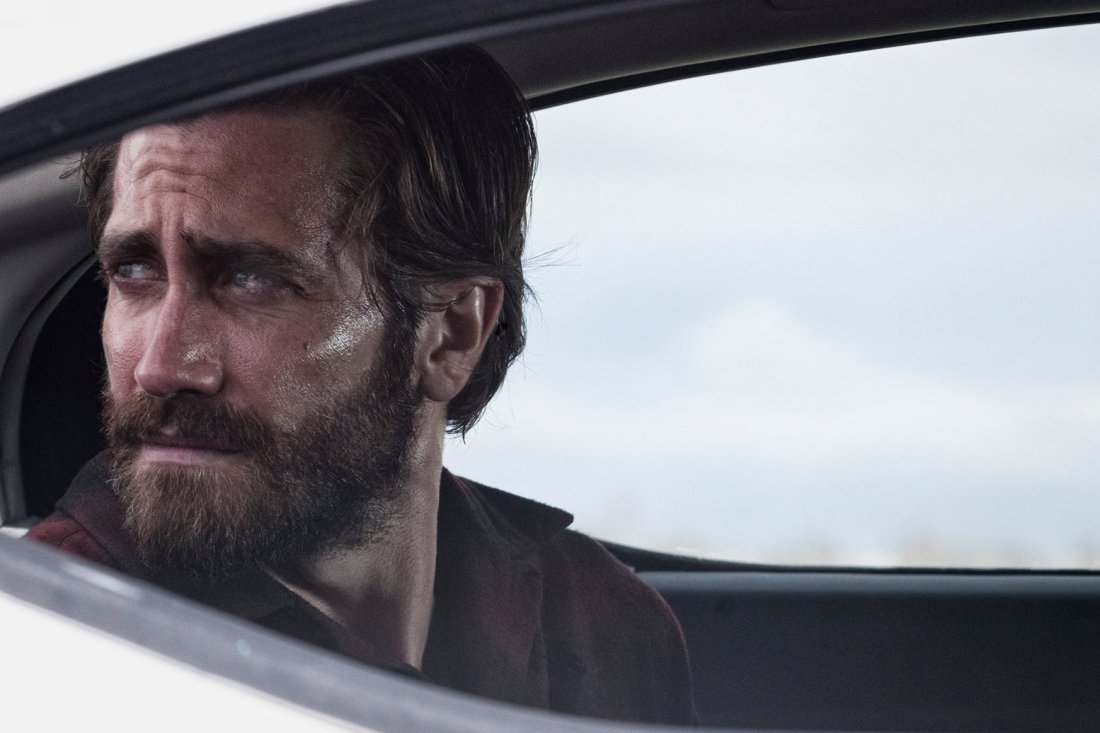
When it comes to storytelling, only a few art forms can push narrative to its limits, and one of these is cinema, of course. People commonly watch movies to enjoy a story, to be thrilled, moved, and entertained, but cinema is capable of far more than this.
It can intersect stories, merge them and connect them through innovative ways, even by clues and allusions, and sometimes by crafting stories within stories virtually without limitations. Here are 10 awesome films which show what a multi-layered cinematic narration is capable of.
10. The Company of Wolves (Neil Jordan, 1984)
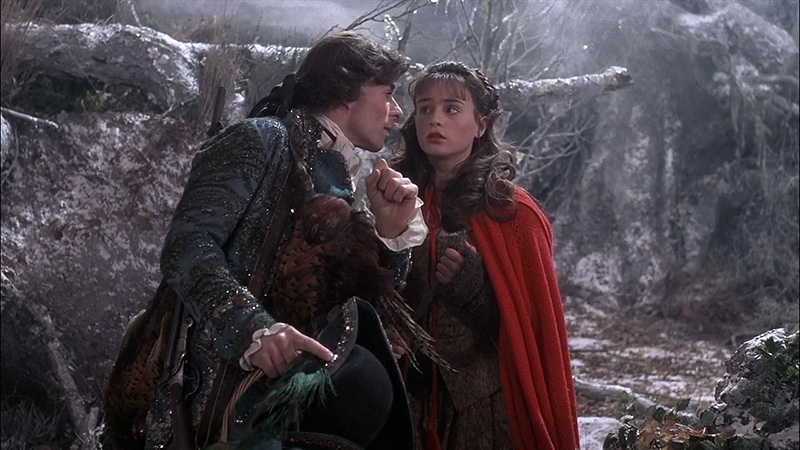
Adapted from Angela Carter’s collection “The Bloody Chamber”, “The Company of Wolves” is a fascinating exploitation of traditional European fables, displayed and interconnected by means of Freudian interpretation. In the film, a girl named Rosaleen (Sarah Patterson) dreams of living in a fabled village into the woods, the inhabitants of which live in the constant dread of wolves.
In the dream, Rosaleen listens to tales from her grandmother (Angela Lansbury) about men and women taken or turning into wolves, which she interprets as warnings against males and sexuality; the different tales and the constant presence of wolves in her daily life, however, will lead the girl to the pursuit of her forbidden desire.
Influenced by fables and classic horror movies, Neil Jordan is also obsessed with Freudian principles on sex and the unconscious. Borrowing elements from the “Interpretation of Dreams” and the “Wolfman” case, the director builds his film on the basis of symbols and archetypes; dolls, clocks, eggs, and flowers are recurring items which embody the protagonist’s discovery of her feral instincts, as they correlates with childhood, neurose, fertility, and puberty.
Each of the several tales display a distinct perspective on the werewolf’s figure, ranging from pure horror imagery to satire and metaphor, building a Chinese-box machine full of enchanting and horrifying moments.
9. The Fall (Tarsem Singh, 2006)
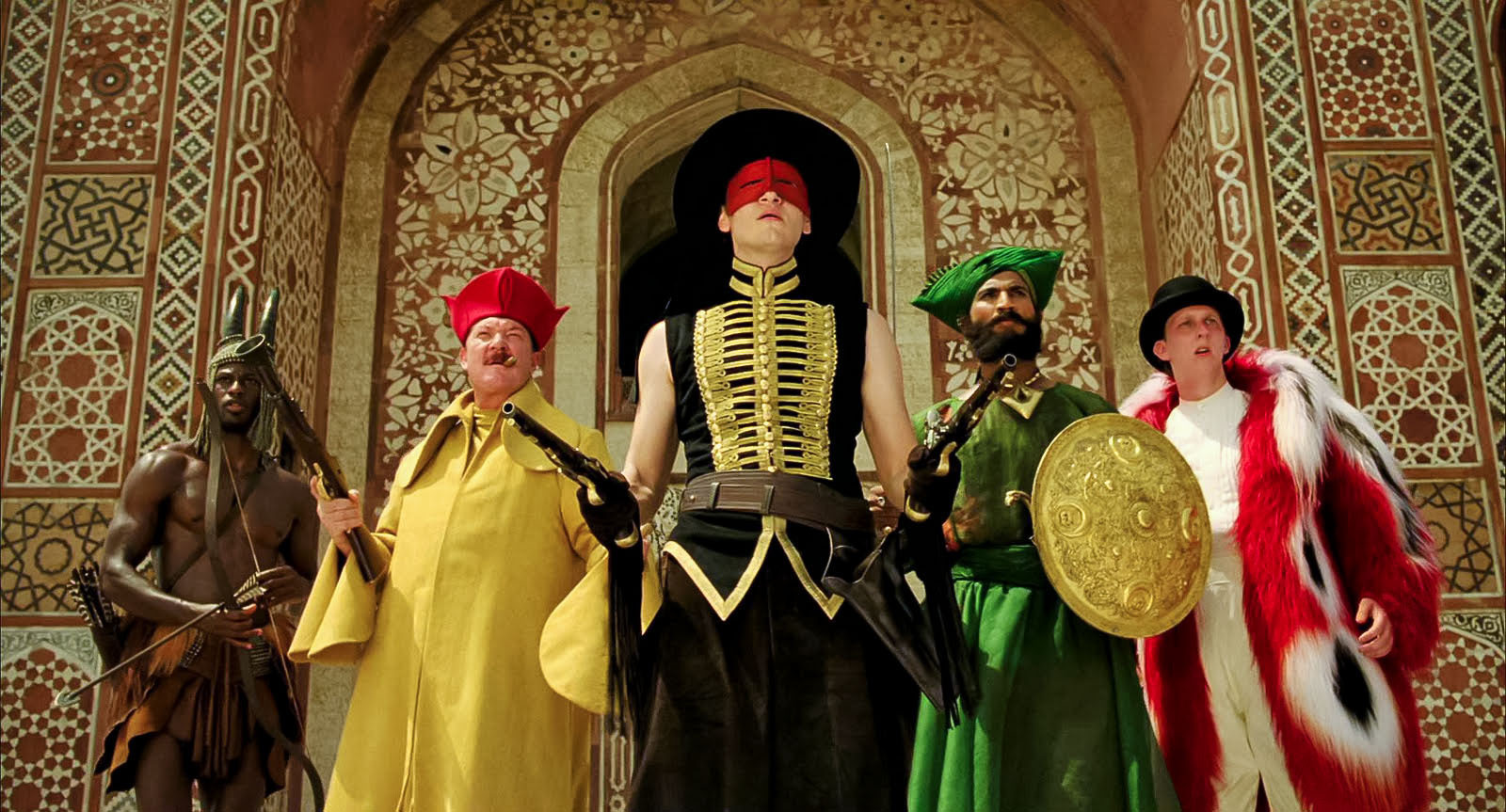
Directed by Indian director Tarsem Singh, “The Fall” is a love letter to cinema as a generator of endless visions and adventures. The film was shot in various locations around the world (especially India and Morocco), wherever the director could gather funds for his project.
Loosely based on the Bulgarian film “Yo Ho Ho” by Valeri Petrov, it tells the story of a little girl (Catinca Untaru) who meets an injured stuntman (Lee Pace), as they are both patients in a hospital in Los Angeles in 1915. Unbeknownst to the girl, the stuntman is depressed and addicted to morphine, so he starts telling the girl an epic tale about revenge, in return for her help in stealing morphine.
As the characters’ individual paths go on, the epic tale grows more and more desperate and dramatic, with the stuntman losing any hope in life and love. The narration goes back and forth from the hospital drama to the adventure told, the latter always changing according to the narrator’s mood and personal drama.
Visually stunning and with a compelling story, “The Fall” celebrates the joy and desperation of narrating, dealing with man’s effort to overcome fears and losses through imagination.
8. The Fountain (Darren Aronofsky, 2006)
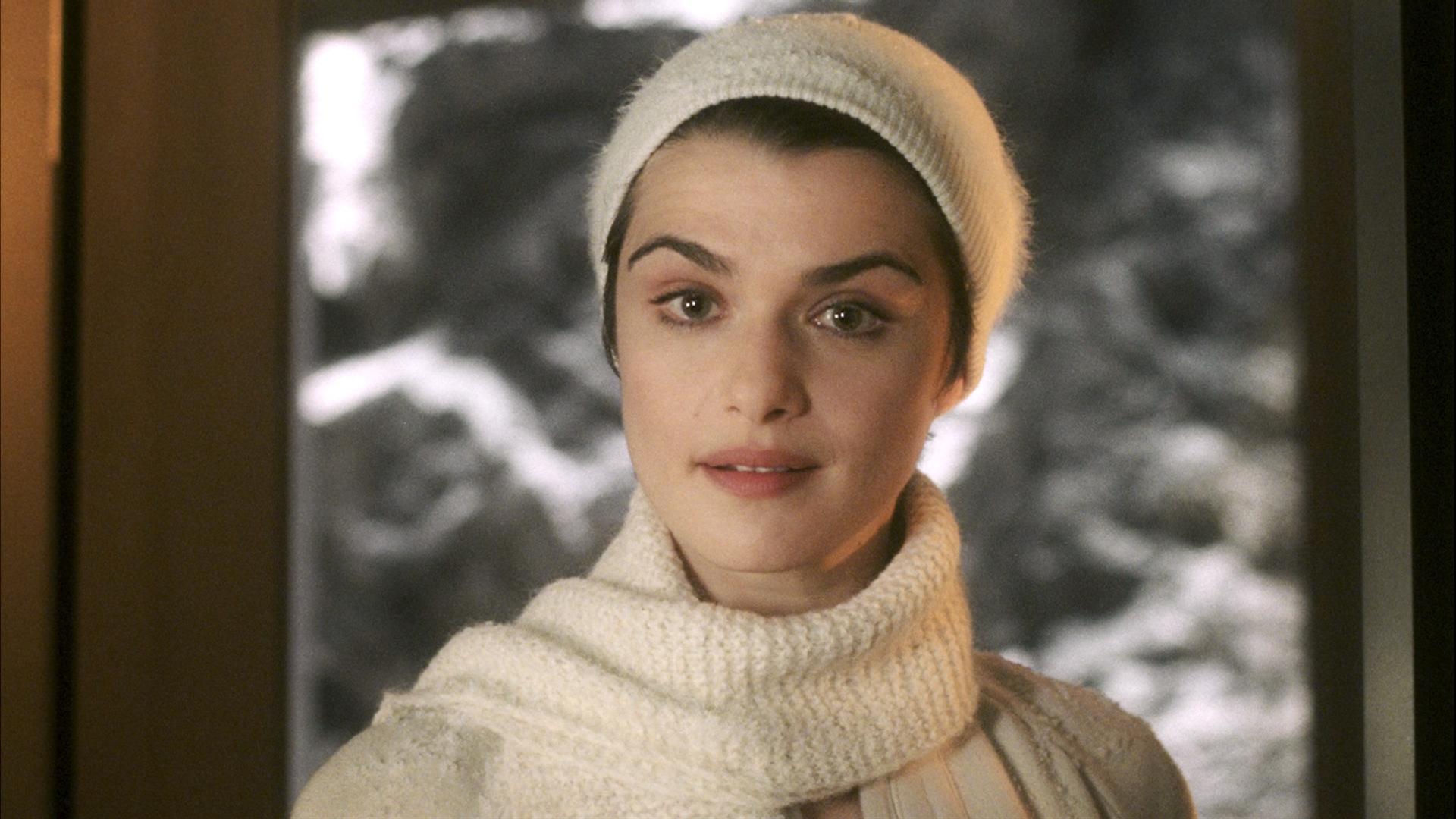
After his groundbreaking feature films “Pi” (1998) and “Requiem for a Dream” (2000), Darren Aronofsky crafted what is considered one of his most ambitious projects, “The Fountain”, where the director tries a risky exploration of the human condition, dealing with life, death, and love.
Hugh Jackman plays three distinct roles in three distinct places and times. In the first one, a medic strives to find a cure for brain cancer that could save her wife (Rachel Weisz); in the second one, a Spanish explorer starts an expedition to find a tree with miraculous mending properties; in the third one, a space traveler is heading with his spherical ship to the Xibalba nebula. The explorer’s story is indeed the content of a novel written by the medic’s wife, whose apparitions unify the three parallel segments.
A masterpiece of visual storytelling, “The Fountain” manages to be visionary, profound, and poetic all at the same time, dealing with complex themes without missing its narrative focus. A brilliant meditation on the mystery of life itself, “The Fountain” is also a touching picture which puts its complexity at the service of a strong directorial vision.
7. Dreams That Money Can Buy (Hans Richter, 1947)
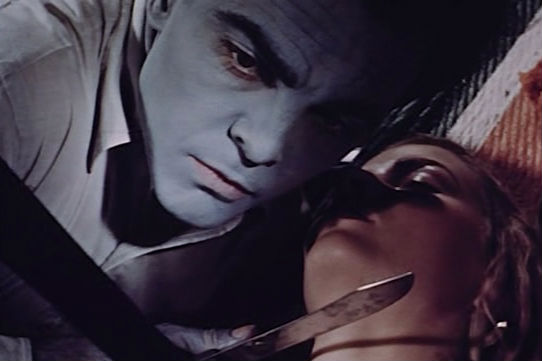
A major example of surrealism in film, “Dreams That Money Can Buy” was directed by renowned artist Hans Richter as a celebration of early avant-garde films. With the support of Marcel Duchamp, Man Ray, Fernand Lèger, and Max Ernst (not forgetting the help of musician John Cage), Richter provided in 1947 one of the most original and oneiric films of American cinema.
The plot of the film is quite simple, revolving around a psychiatrist who makes dreams on demand for people in distress, according to their specific neuroses and obsessions. The plot is just a clever asset to display a number of independent sketches (each directed by one of Richter’s fellows), each made with different techniques.
Its most memorable, among the others, is the segment directed by Leger, a tale about a disillusioned woman seeking love, shown through stop-motion animated mannequins. Incredibly ingenious and somewhat really entertaining, “Dreams That Money Can Buy” is a memorable swan song of surrealism in cinema, the influence of which is visible in the American avant-garde of the 1940’s and beyond.
6. In the Mouth of Madness (John Carpenter, 1994)
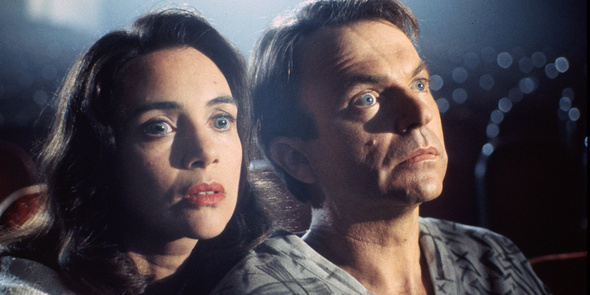
John Trent (Sam Neill) is a cynical assurance investigator in New York, who is assigned the task of finding best-selling horror novelist Sutter Cane (Jurgen Prochnow), who has mysteriously disappeared just before releasing his new novel. Accompanied by editor Linda Styles (Julie Carmen), Trent starts a journey to the mysterious town of Hobb’s End, where apparently Cane’s visions have come true. The journey quickly becomes a desperate trip into the protagonist’s mind and Cane’s perverse world of horrors.
“In the Mouth of Madness” is an incredibly powerful work, rightly regarded as John Carpenter’s latest masterpiece; the story is an intricate journey through various levels of narration (as Trent is telling his story while being held in an asylum cell), each commingling with the other ones in various ways.
The narrative structure consists of cyclic and serial patterns, in which the suspension of disbelief is constantly defined and demystified. The distinction between actual and fictional events deliberately grows more and more unclear during the film, which ultimately stands out as a reflection on literary and cinematic invention.